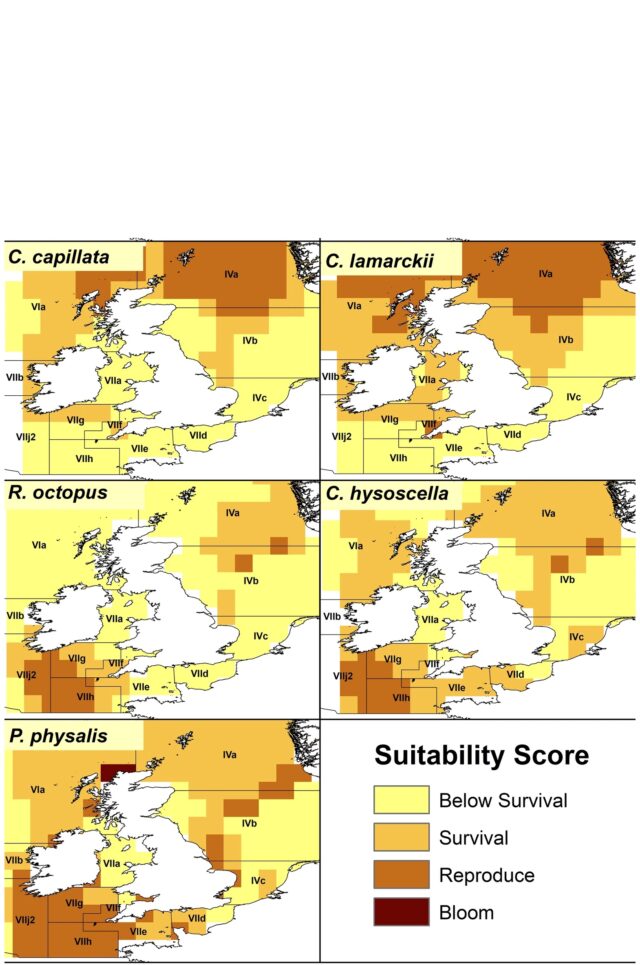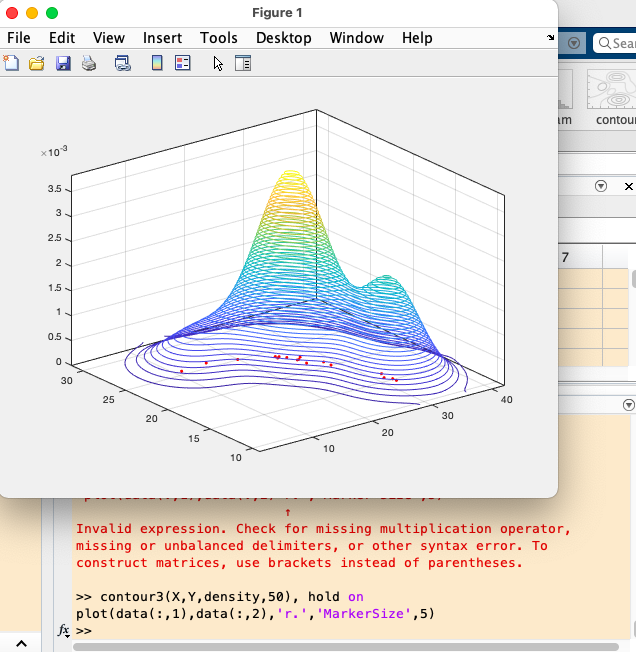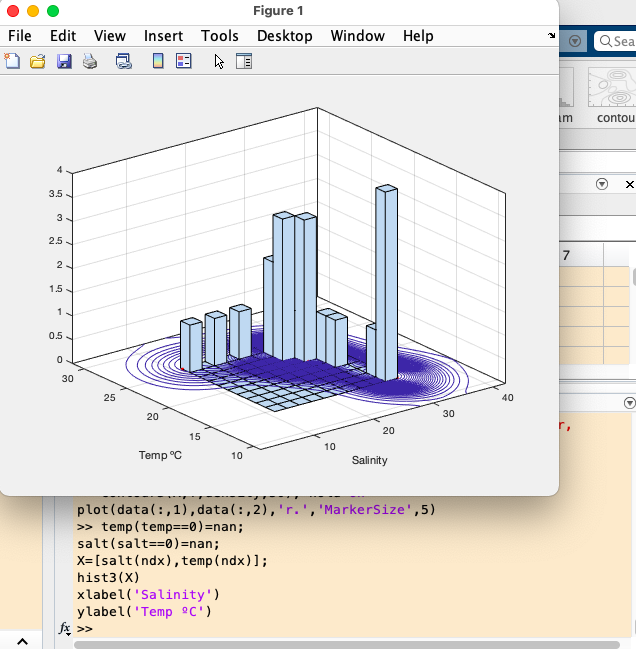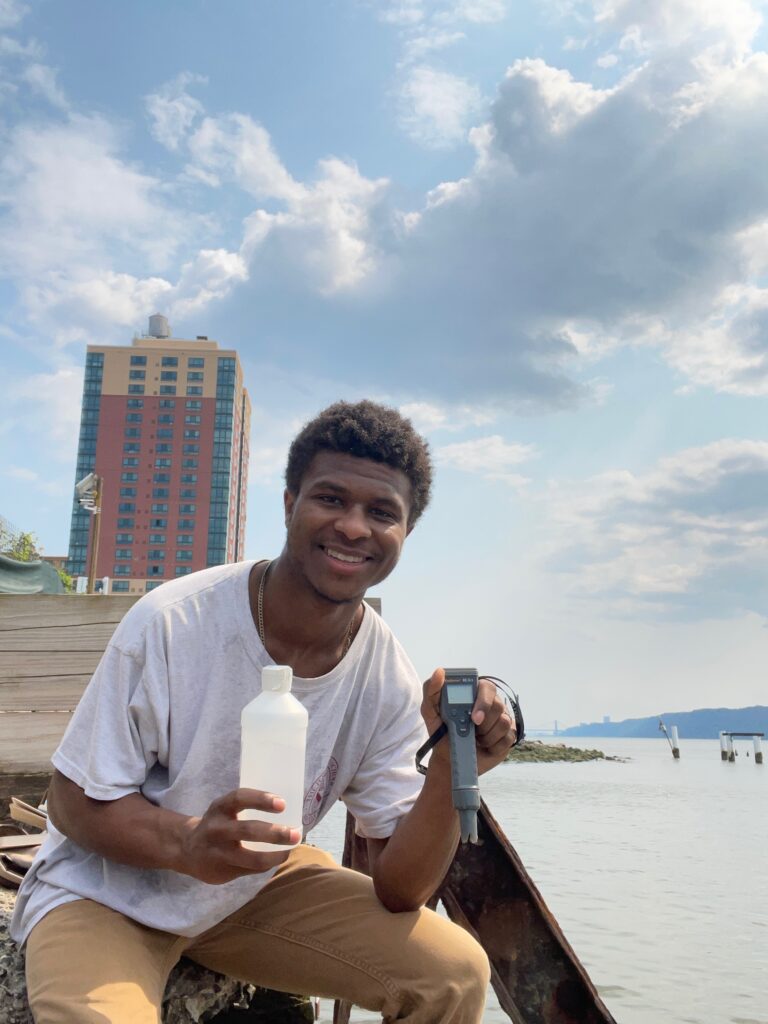The middle-of-the-summer push for this independent study has been more of a grind and hunker down than a ‘push,’ seeing me familiarize myself with the basics of the data analyzing software, MatLab. In attempts to read ocean monitoring system data, the software requires you to think from a more logarithmic and coding perspective, considering the conditions applied to each line of code and adjusting them to achieve the output you are seeking.
While this process has not led to many new discoveries in regards to my study focus on the conditions of North East Atlantic waters, my time spent with MatLab grants me the ability to do more with my study than I ever imagined. About 3 weeks ago, I came across a research project similar to my own in its area of focus, but the United Kingdom and Ireland focused study implements a new approach: habitat suitability mapping. Kennerly et al., 2021 provoked my introduction to MatLab, helping me to understand how to read large datasets and create my own suitability map. Defining the most detailed thresholds of jellyfish preferable conditions that I’ve come across in my months of literature research, Kennerly et al., 2021 has proven to be one of the most integral articles.
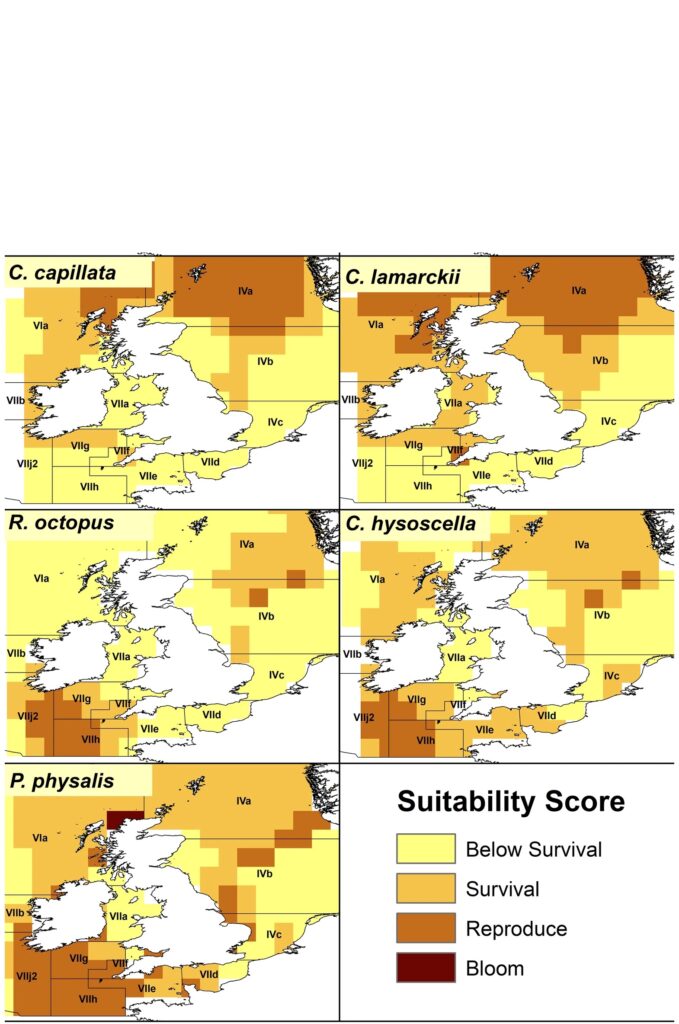
Over the past few weeks, I have completed one water quality test which, while not fruitful in its results, have educated me as to where I can improve in my methods to attain better results. This teaching moment has required me to purchase and use more equipment and tools that I originally did not consider, searching for water buckets, waders, and distilled water in abundance. I will be continuing water sampling this week and making strides towards producing my own habitat suitability maps.
